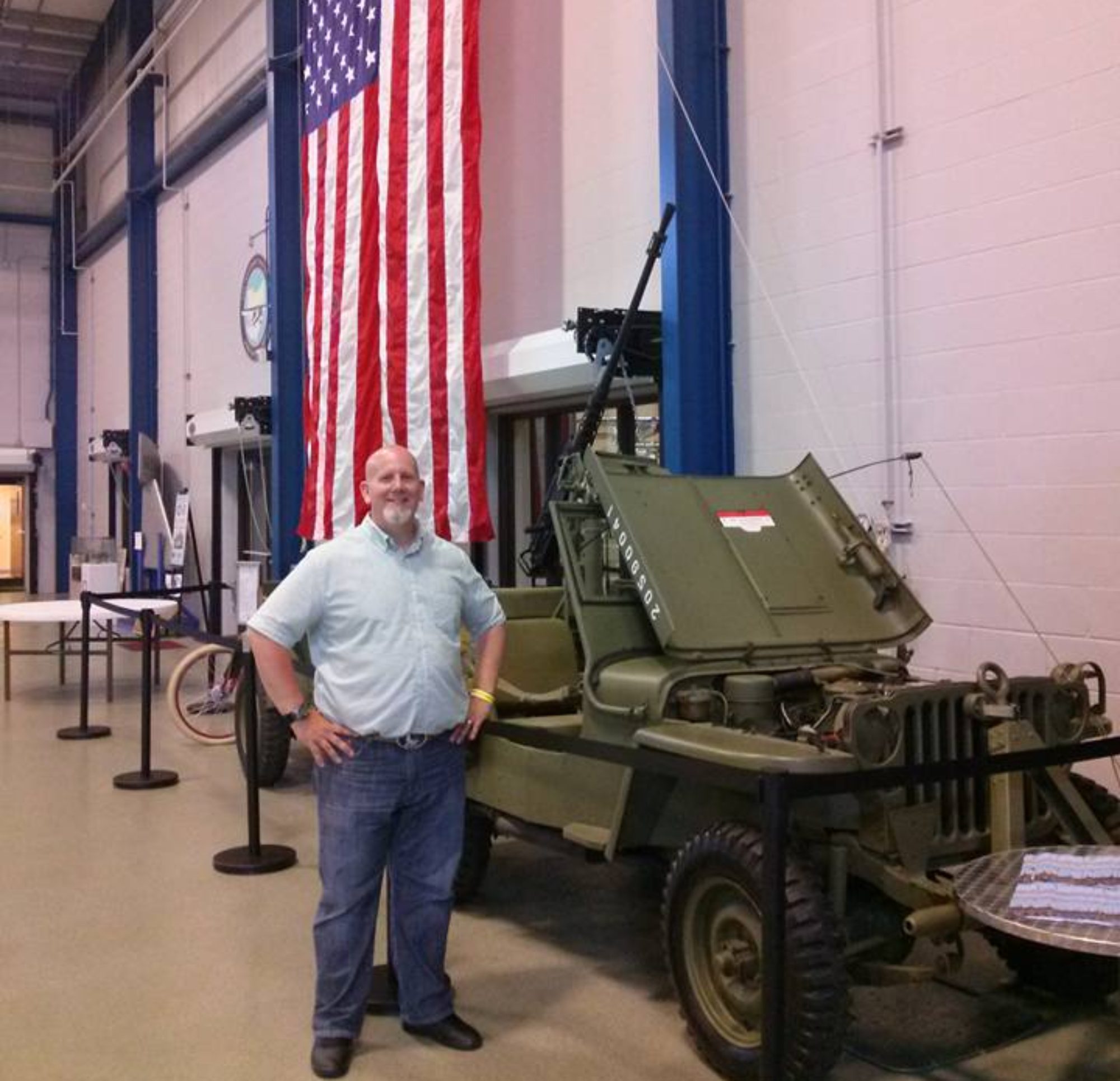The jaw-dropping close to last night’s game with the Pittsburgh Steelers at the Cleveland Browns warrants an examination which reaches well beyond football and even sports in general.
The ugly situation — which erupted with 8 seconds left in the game — between Cleveland defensive end Myles Garrett and Pittsburgh quarterback Mason Rudolph hopefully will serve as a long-overdue occasion for our society to finally begin earnest discussions of the all-encompassing value of de-escalation and lead to a wave of epiphanies for us all.
In recent years, discourse over de-escalation has arisen in relation to situations involving authority figures and the general public — particularly those involving law enforcement. The manner in which last night’s melee unfolded illustrates that de-escalation efforts are equally as relevant regarding peer-to-peer tensions.
Unfortunately, the vast majority of news reports about the above incident limit their coverage to the seminal moment of Garrett striking Rudolph on the top of his head with his own helmet, which Garrett had just ripped off of him.
There is more to that brawl. And, the sequence of events — each action and subsequent reaction — leading-up to that blow is relevant to understanding how those involved got to that point. Examining that sequence is every bit as important to the discussion as condemning the extracurricular violence that transpired.
Obviously, there is no excuse for Garrett; it should not require spelling-out. But, sports — so much like politics — tends to be absurdly polarizing when people don’t hear or read exactly what they want and exactly the way the want it said or written.
Given the nature of the Browns-Steelers rivalry, frustration-born tempers were bound to flare in response to how the game played-out with the Browns’ victory. That was realized on what would effectively be the final play from scrimmage.
Looking to put an exclamation point on the end of the game, Garrett unnecessarily finished his tackle on Rudolph after the quarterback had already completed his pass attempt. This constituted Unnecessary Roughness and was the initial domino to fall.
Unsurprisingly, Rudolph took exception to that. How he reacted, though, rapidly escalated things. Watching the entire slow-motion replay, one can clearly see Rudolph immediately began retaliating by both kneeing Garrett in the ribs and attempting first to pull Garrett’s helmet off of his head.
As every talking head on television and online has belabored, forcibly removing another player’s helmet is a cardinal sin in football at any level.
Giving-in to anger over Rudolph’s attempted unhatting, it is easy to figure-out what Garrett most likely had going through his mind as he reached in response for Rudolph’s facemask and began yanking it with a vengeance: “You want to go that route?! Let’s see how you like it!”
Focused only on escalating the situation further, Garrett finished that action as forcefully as he could. He then took the next step of escalation and swung Rudolph’s helmet at him.
Believe it or not, it doesn’t end there. Steelers offensive lineman and David DeCastro — who had been trying to pull Garrett off of Rudolph and create separation between them up until that point — then in his own anger tackled Garrett to the turf while fellow lineman Maurkice Pouncey ran up to them and began throwing punches at Garrett.
The final act of escalation came from Pouncey, who — with DeCastro still on top of Garrett — then got up and took to kicking Garrett in the head before others on the field could get in between them.
Each step in the sequence described above could have been averted by even one individual making a conscious choice to not further escalate the situation. Just choosing to take one step back — especially on the part of Myles Garrett — in an increasingly out-of-control scenario would have prevented actions that will lead to stiff sanctions that will come-down from the league commissioner’s office.
The challenge at this point is for anyone who reads this to apply what transpired last night to moments in everyday life where violence erupts or has the potential to become a factor.
Out in the real world, we all have seen how just words can all too easily stoke fires and escalate a completely avoidable confrontation. These are moments where and when taking even a split-second to evaluate the action one will take next can prevent a turn of events of varying degrees of bad or worse.
In today’s social-media-intensive world, where virtual chest-thumping has grown to be more and more the norm in online interactions between complete strangers, too many of us have embraced this pattern of behavior (effectively defeating the purpose of proliferating technology that ought to enable connecting with fellow human beings around the world, share ideas, and possibly even make other people’s lives better in the process).
The tide needs to turn.And, that begins with simply pushing the term “de-escalation” into the nation’s everyday lexicon. Perhaps professional — and collegiate — sports would be an effective springboard to begin that endeavor.
Humanity is supposed to be more civilized and evolved than where we were even a handful of years or decades ago. Actively focusing on de-escalating as a viable choice even in the middle of a tense situation has to play a role.


